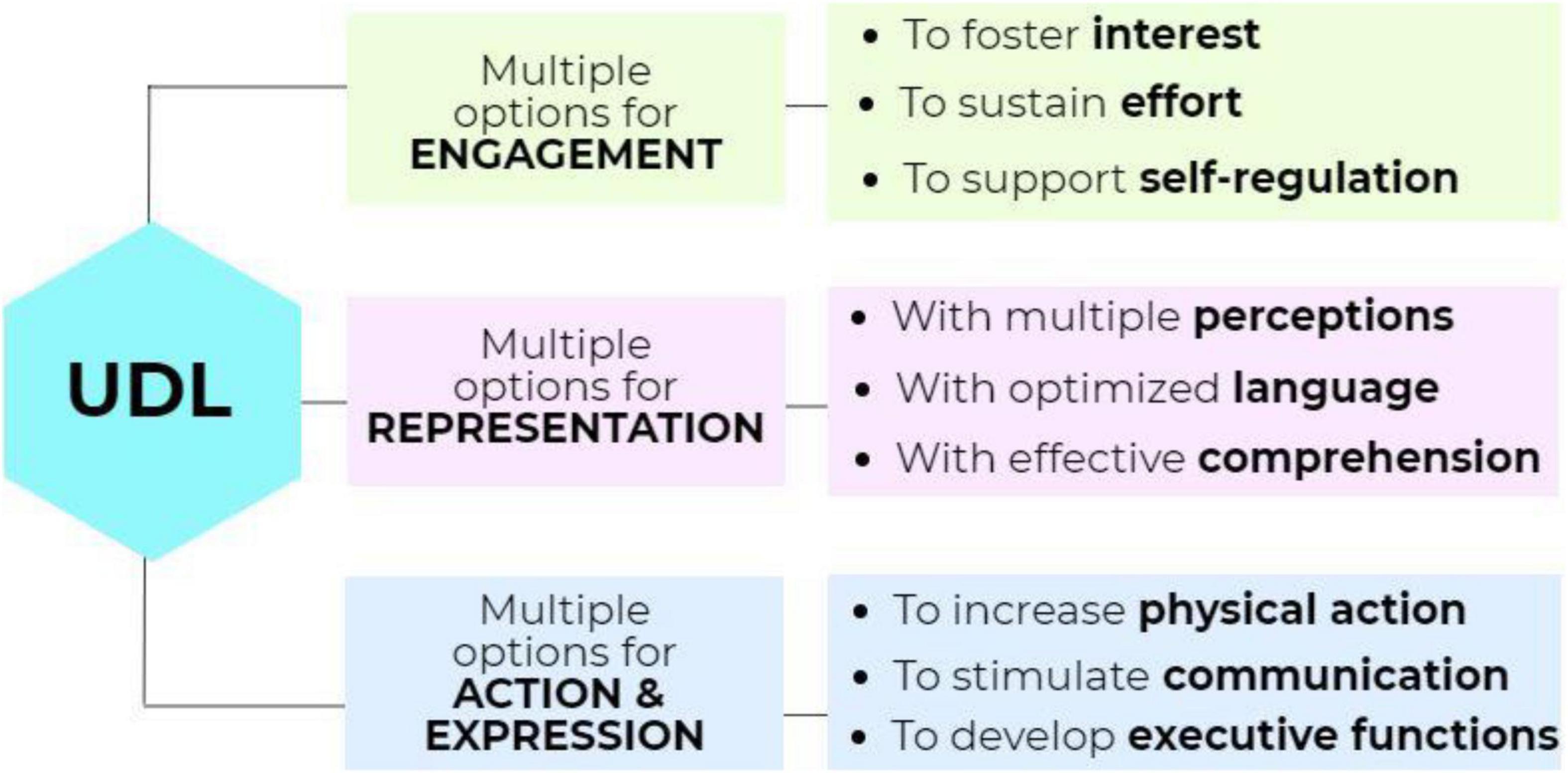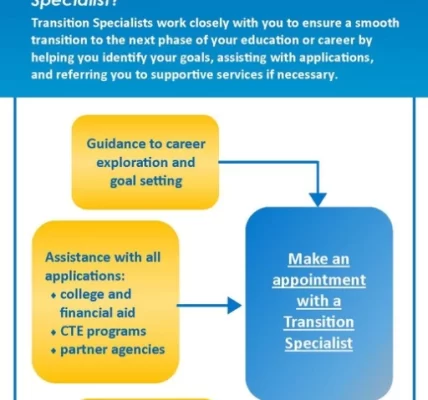The landscape of primary education is as diverse as the students it serves. Every child has unique learning styles, strengths, and areas for growth. Individualized Learning Plans (ILPs) have emerged as a powerful tool to address this diversity by tailoring education to the specific needs of each student. In this guide, we’ll explore the significance of ILPs in primary education and how they cater to the diverse learning needs of students.
1. **Recognizing Individual Differences:**
Each student comes to the classroom with distinct abilities, interests, and learning preferences. ILPs acknowledge and celebrate these differences, understanding that a one-size-fits-all approach is not conducive to effective learning.
2. **Assessing Individual Needs:**
The foundation of an ILP lies in thorough assessment. Educators evaluate students’ academic abilities, learning styles, social-emotional needs, and any specific challenges they may face. This assessment informs the creation of personalized plans.
3. **Setting Specific Learning Goals:**
ILPs outline clear, measurable, and achievable learning goals tailored to each student. These goals may focus on academic subjects, social skills development, behavioral improvements, or a combination, ensuring a comprehensive approach to education.
4. **Adapting Instructional Methods:**
With ILPs in place, educators adapt instructional methods and teaching strategies to meet the needs of individual students. Varied approaches, such as differentiated instruction, small group activities, or project-based learning, cater to diverse learning styles.
5. **Supporting Special Learning Needs:**
For students with special learning needs or disabilities, ILPs provide a framework for specialized support services. These plans outline accommodations, modifications, and specialized interventions necessary to ensure equitable learning opportunities for all students.
6. **Encouraging Student Ownership:**
ILPs involve students in their own educational journey. Students have input in setting their goals, understanding their learning styles, and taking responsibility for their progress, fostering a sense of ownership and motivation.
7. **Regular Progress Monitoring:**
Continuous monitoring of student progress is integral to ILPs. Educators track individual advancements, reassess goals periodically, and make necessary adjustments to ensure students are on track to meet their objectives.
8. **Involving Parents and Guardians:**
Collaboration between educators, parents, and guardians is crucial. Regular communication and involvement of families in the ILP process ensure a holistic understanding of the child’s needs and provide support beyond the classroom.
9. **Promoting Inclusivity and Equity:**
ILPs promote inclusivity by addressing the diverse needs of all students, regardless of their background, abilities, or challenges. They serve as a tool to promote equity in education, ensuring every child has access to quality learning opportunities.
10. **Fostering Holistic Development:**
Beyond academic achievements, ILPs focus on nurturing the holistic development of students. They encompass social, emotional, and behavioral growth, aiming to prepare students for success in both academic and life pursuits.
Conclusion:
Individualized Learning Plans represent a shift towards a more personalized and inclusive approach to education in primary schools. By recognizing and accommodating the diverse needs of students, ILPs lay the groundwork for a more equitable, engaging, and effective educational experience. Through collaboration, adaptability, and a focus on holistic development, ILPs empower educators to nurture the potential of each child, fostering a culture of learning that celebrates individuality and supports diverse learning needs in primary education.













